Should You Use Two Different Colored Sofas in a Living Room? Designers Have a Surprising Verdict
Mismatched sofas can either add to the room's aesthetic or create a recipe for disaster. Take this expert advice to get it right
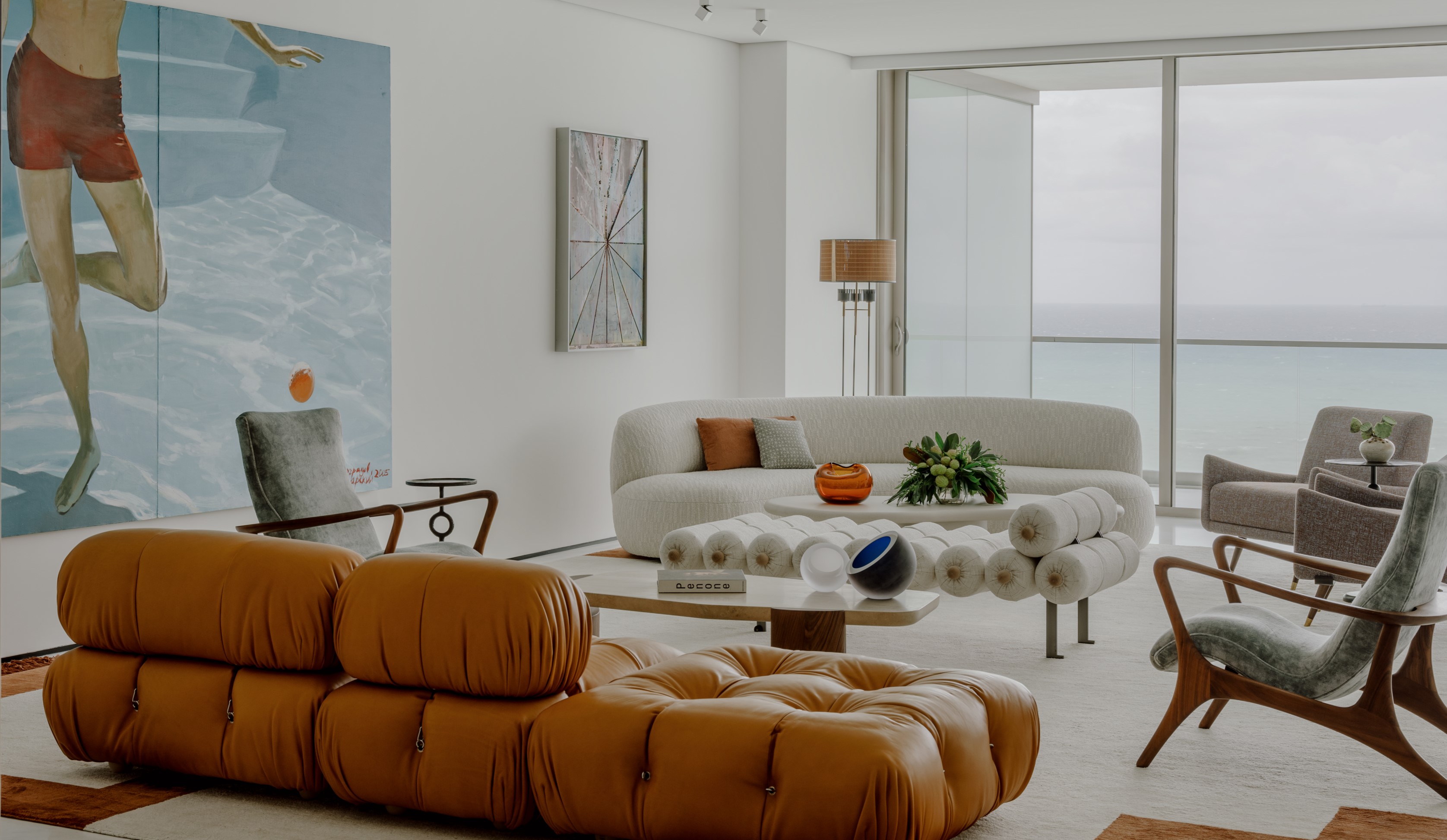

Using two different colored sofas in the living room may not be common but it isn't an anomaly. So, the answer is yes — mismatched sofas can look great, are recommended, and are a designer-favorite way to build a color scheme. Two or more sofas in varied colors can tell a story, add dimension to the room, and even break the monotony of straight lines. Nothing says home like a good interesting, multi-layered space.
However, there are certain rules and tips you should keep in mind before creating a scheme like this. Find out how to choose the best sofas in varied tones and textures, for a vibrant yet cohesive scheme.
Is it a good idea to use two different color sofas in a living room?
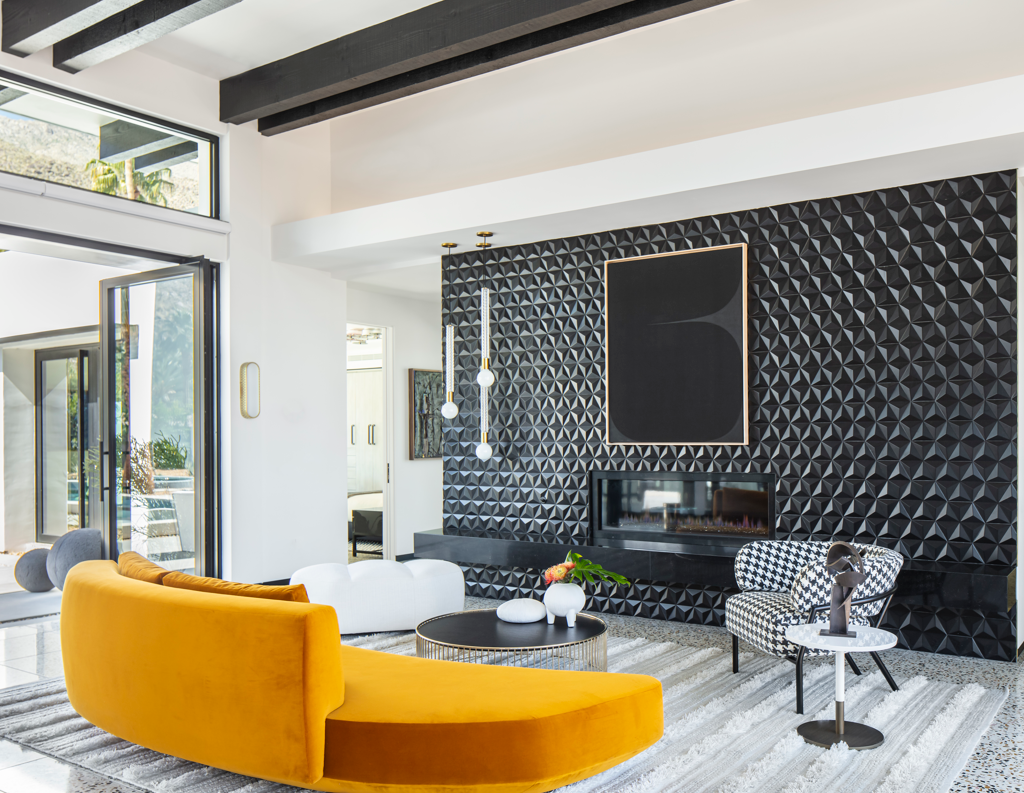
Using mismatched sofas can dial up the interest of living room furniture, but designers advise sprinkling enough similar elements around the room for cohesion. A great way to go about doing this is by mixing and matching the materials, forms, scales, and tones.
"Mixing and matching sofas is more than just a good idea — it’s a brilliant way to inject personality into your living space," shares interior designer Nishtha Vashist. "It’s like curating a living room with flair, where each piece tells a different part of your design story."
"The choice of a sofa plays a significant role in pulling the room together," avers Michelle Boudreau, founder of Michelle Boudreau Design. "To create a visually compelling environment, I advocate for mixing different color palettes in a thoughtful, balanced manner. This approach helps to achieve the perfect balance of interest and diverse colors, resulting in a more dynamic and appealing space."
What should you keep in mind before choosing two different colored sofas in living room?

To design a modern living room with different-toned sofas, there are a couple of things to keep in mind: "First, think about the overall vibe you want to create," says Nishtha. "Are you aiming for a cozy, eclectic space or something more sleek and modern? The key is to ensure that the sofas you choose complement each other in terms of size and scale—no one wants a space that feels lopsided or cramped. It’s all about balance; just like pairing wine with cheese, your sofas should contrast in interesting ways but still harmonize together."
"Also, consider the color palette," adds Nishtha. "While mismatched sofas in the living room are impactful, having at least one unifying color or theme will help tie the look together. This could be through similar hues, complementary tones, or even shared patterns. Finally, think about the space itself. Ensure that the layout feels intentional, with enough breathing room between pieces so the space looks curated, not cluttered."
An expert guide to mixing and matching sofas based on:
Colors

Adding two different colored sofas in the living room will help you create a more vivid living room color scheme, and to balance it, you always have pillows.
"Consider pairing a bold, vibrant sofa with a more subdued, neutral one," suggests Nishtha. "This combination creates a dynamic contrast that draws the eye and adds excitement to the room, while the neutral piece grounds the space. Think of it as a pop of color in a well-balanced outfit—it makes a statement without overwhelming the room. "
"If your sofas are two different colors and textures, then tie the room together by adding accessories and soft furnishings that incorporate the sofa colors and materials in interesting ways," says Juliette Thomas, founder & director of Juliettes Interiors. "For example, if your sofa is made of beige linen, add some other neutral linen touches throughout the room in the form of curtains or cushions. If your other sofa is brighter, pair it with colorful flowers and bright accents like vases or accessories."
Consider complementary colors from the color wheel for an eye-catching scheme, and drench your sofas in those hues. Make sure you don't use more than three, otherwise, the space may look and feel a bit overdone. Sprinkle the colors of the sofas across the room, to give the space a vibrant yet slightly together look.
"In this living room, the color palette grew from the drape fabric, which the client fell in love with," says Fawn Galli, founder of Fawn Galli Interiors. "From there we pulled out many different colors on the sofa to create a vibrant living space."
Texture
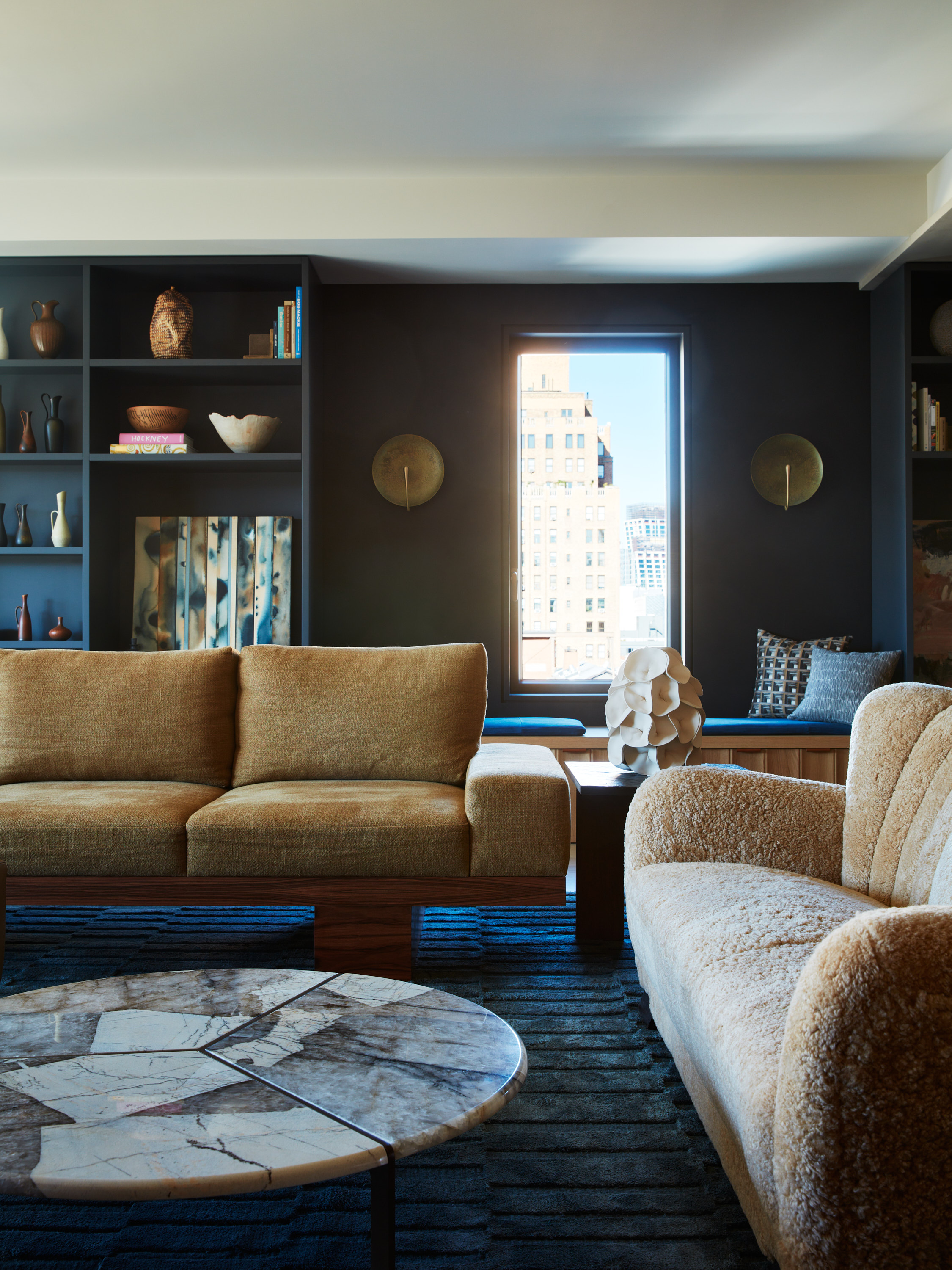
The fabrics you choose can impact the look of your living room to a great extent. To design an elegant living room, choose silk-textured fabrics on both sofas drenched in the same tones. You could layer the scheme with a leather armchair. You could also do the back of one piece, and pull in a similar fabric in pillows on another.
"This is a way to add depth and interest to your living room," says Nishtha. "Picture a sleek, leather sofa paired with a plush, fabric one. The contrast between the smooth leather and the soft fabric creates a tactile experience that invites you to touch and feel. It’s like pairing a soft, cozy sweater with a leather jacket—unexpected, yet perfectly balanced. This combination also adds layers to your design, making the space feel richer and more luxurious. "
Shapes
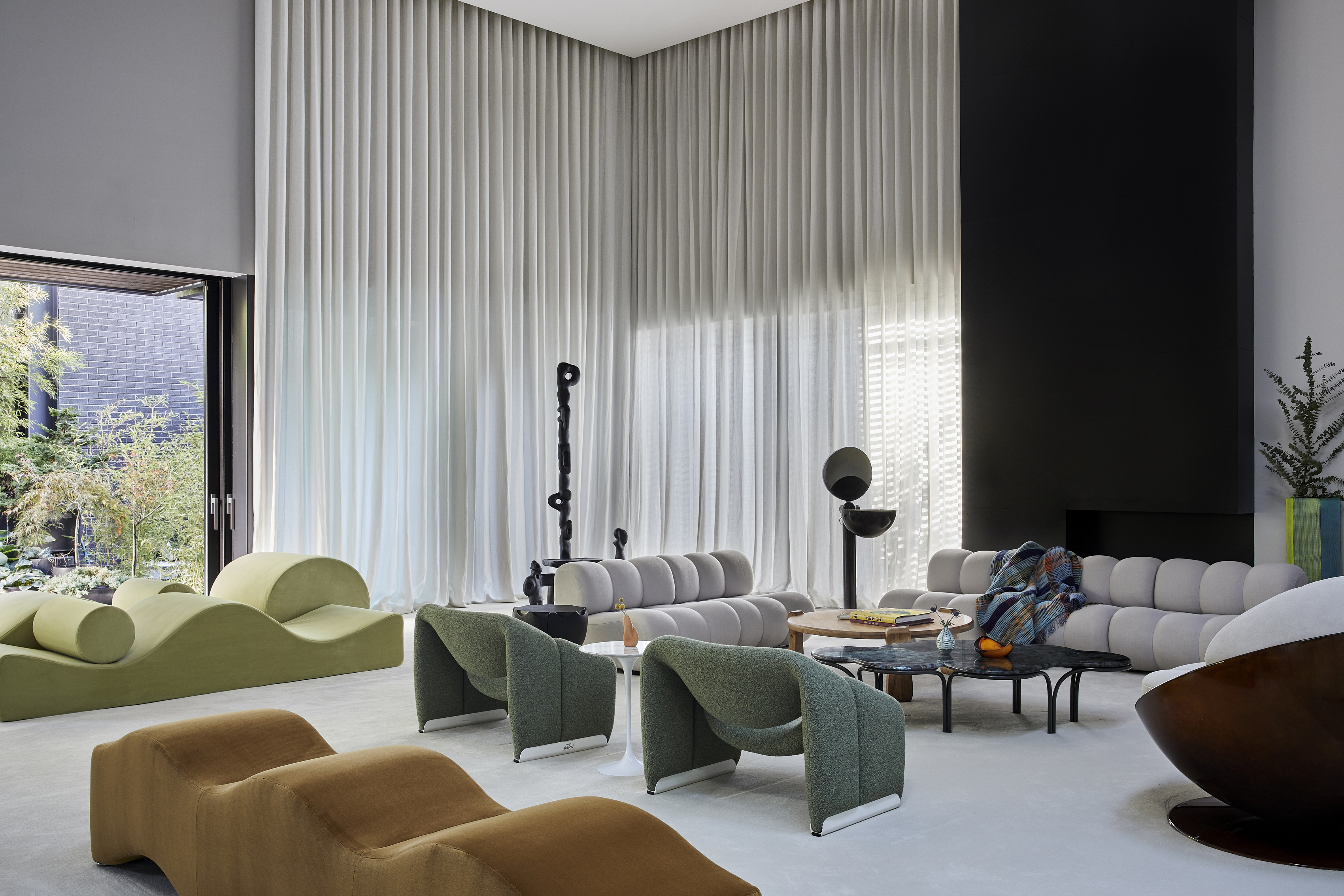
"The style of your sofa will depend on the size and shape of your living room," says Juliette. "As corner sofas are on the larger side, if space allows, why not pair one with a smaller loveseat? Whilst they immediately appeal to those with smaller living rooms, they also provide an opportunity to have fun with color and create an interesting focal point in the room."
Largely, for a fun, eclectic, and even boho living room, you could consider pairing straight lines with organic ones — perhaps a boxy, Art Deco piece with a modern curving sofa. Or a tufted, thick piece paired with a thin, long, and close-to-floor sectional.
You could also bring in a crisp, new, modern sofa and pair it with a Victorian-style one. Just make sure the rest of the room is more pared back and relaxed, or else the room can feel too odd and mismanaged.
What are the challenges with mismatched sofas?
The biggest challenge with having different living room sofas is that if it isn't done right, it can affect the overall look of your interior. Brave, daring, and (when done well) extremely interesting, this scheme isn't always the easiest to pull off. Generally, it's best to try this scheme in a large living room where different elements, when spaced out, still look easy on the eyes.
Mismatched sofas in living room can also come across as a confused, mishmash of interior design, giving off the idea that you probably put a scheme together without proper thought. If you're trying this in a larger space, it's easier to create two different seating options so one could be of all modern seaters and the other of more traditional sofas. This will maintain the mismatched theme but make the space feel more pulled together.
How do you coordinate two different colored sofas in living room?
The easiest way is by coordinating their materials (eg. two linen sofas in different colors), their shapes (like two curved sofas) or by using the same pillows on both. By tying in their decor elements you can make two different sofas feel coordinated.
Be The First To Know
The Livingetc newsletters are your inside source for what’s shaping interiors now - and what’s next. Discover trend forecasts, smart style ideas, and curated shopping inspiration that brings design to life. Subscribe today and stay ahead of the curve.

Aditi Sharma Maheshwari started her career at The Address (The Times of India), a tabloid on interiors and art. She wrote profiles of Indian artists, designers, and architects, and covered inspiring houses and commercial properties. After four years, she moved to ELLE DECOR as a senior features writer, where she contributed to the magazine and website, and also worked alongside the events team on India Design ID — the brand’s 10-day, annual design show. She wrote across topics: from designer interviews, and house tours, to new product launches, shopping pages, and reviews. After three years, she was hired as the senior editor at Houzz. The website content focused on practical advice on decorating the home and making design feel more approachable. She created fresh series on budget buys, design hacks, and DIYs, all backed with expert advice. Equipped with sizable knowledge of the industry and with a good network, she moved to Architectural Digest (Conde Nast) as the digital editor. The publication's focus was on high-end design, and her content highlighted A-listers, starchitects, and high-concept products, all customized for an audience that loves and invests in luxury. After a two-year stint, she moved to the UK and was hired at Livingetc as a design editor. She now freelances for a variety of interiors publications.
-
 There’s a New Shape in the Garden — Why Whimsical Curves Might Be the Outdoor Furniture Silhouette of the Summer
There’s a New Shape in the Garden — Why Whimsical Curves Might Be the Outdoor Furniture Silhouette of the SummerPowder-coated petals, wavy lines, and a hint of surrealism — this microtrend is blooming, and we’re paying attention
By Julia Demer
-
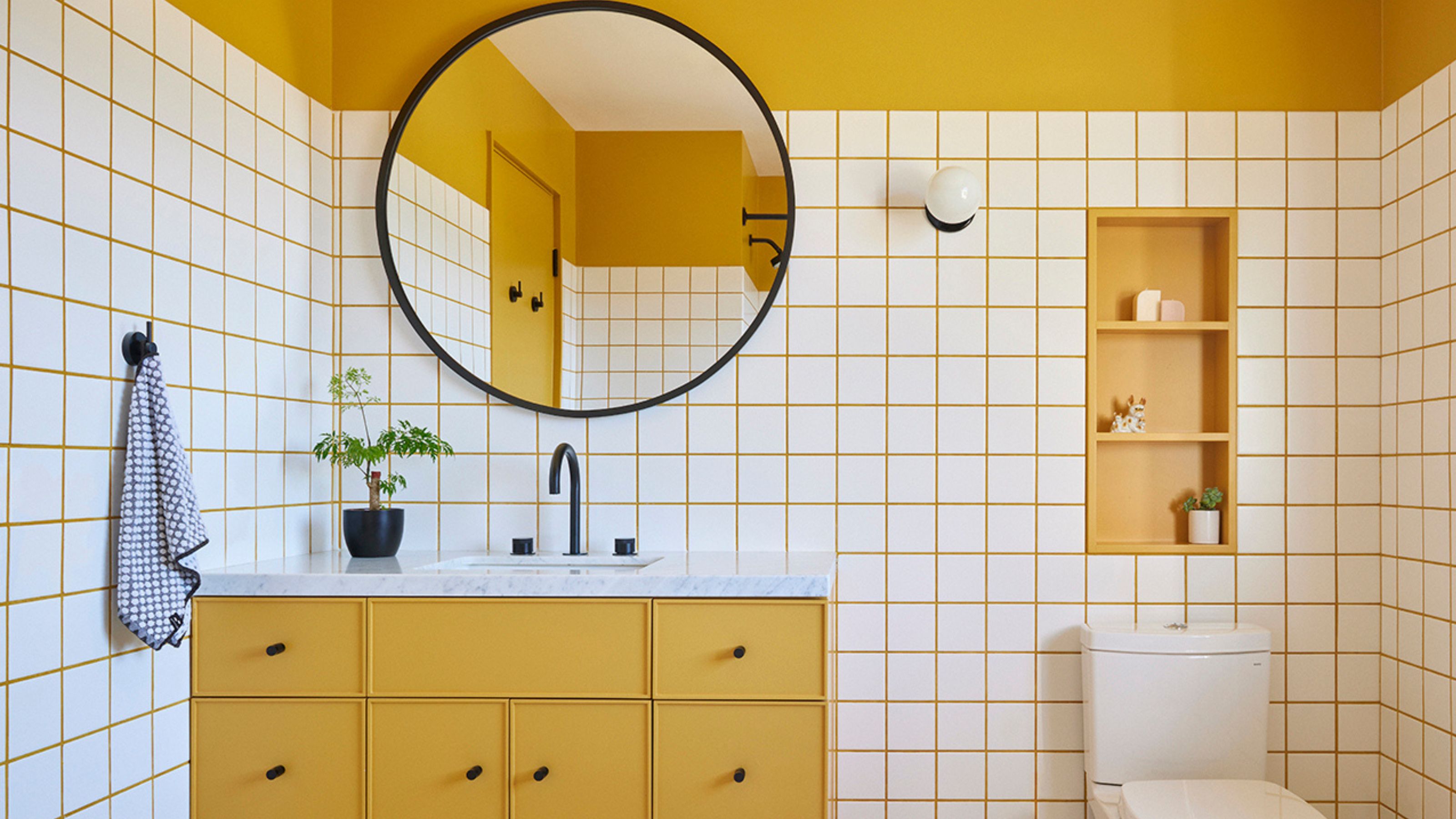 10 Yellow Bathroom Ideas That Vitalize Your Mornings and Look Unexpectedly Sophisticated While Doing So
10 Yellow Bathroom Ideas That Vitalize Your Mornings and Look Unexpectedly Sophisticated While Doing SoYellow is a color that by its very nature is energetic and full of life, and these designers have proved it's ideal for a bathroom
By Oonagh Turner